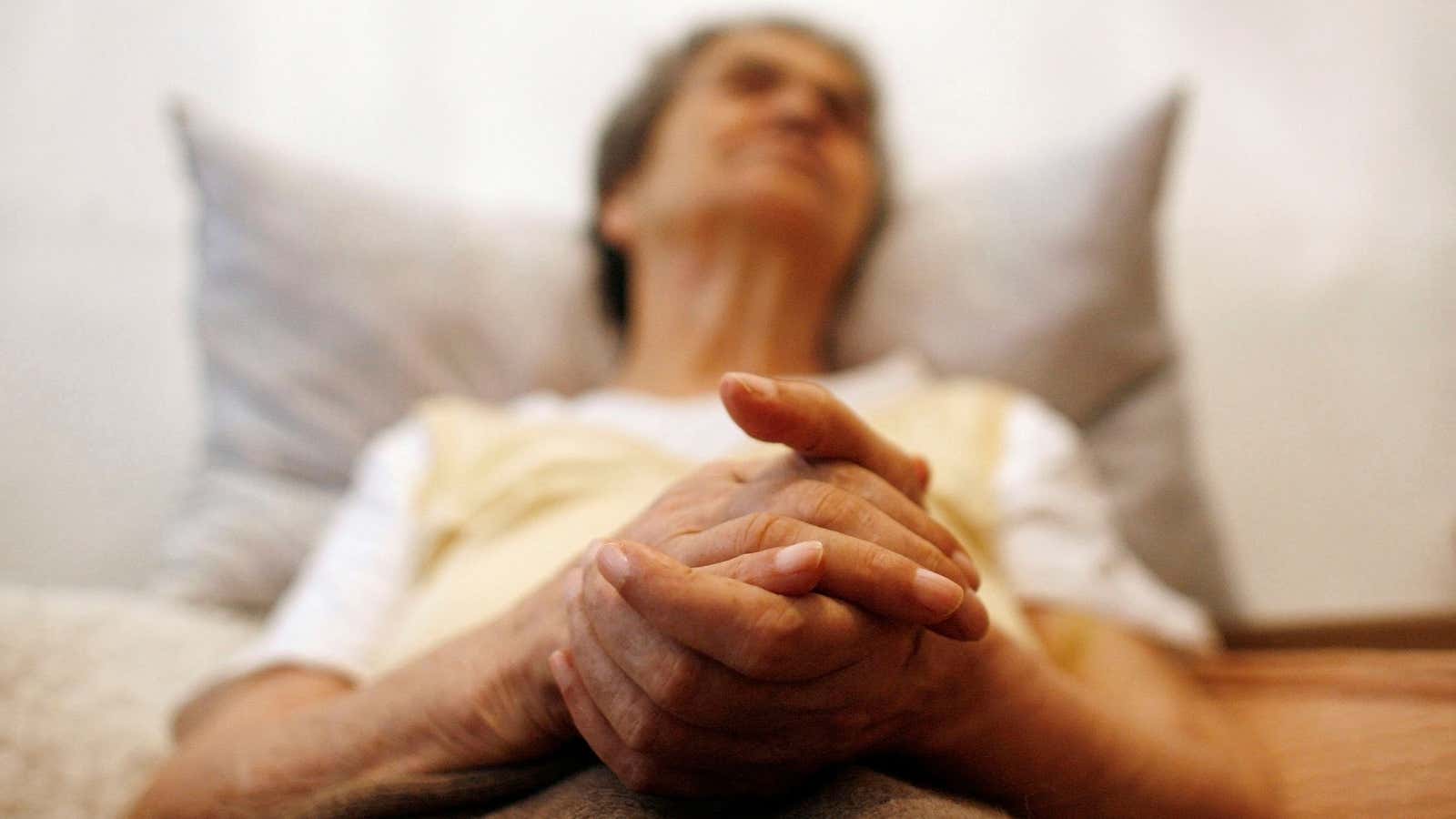This week, researchers from the US Centers of Disease Control (CDC) published a paper looking at predicted dementia rates across the country. Currently 1.6% of the population, or about 5 million people, have Alzheimer’s disease or other forms of dementia. Based on data from the US Census Bureau and Medicare, the CDC estimates that those numbers will rise to 3.3% of the population, or 13.9 million people, by 2060.
These predictions are largely because America’s population is aging as a whole; by 2035, there will be more people over the age of 65 than children under 18. Although Caucasian people are numerically expected to have the largest increase in cases, the surges are most dramatic in minority populations.
People of color will make up a much larger percentage of the total population 65 and older. The authors of the paper write that in 2014, only 22% of this age group were minorities. By 2060, they’re expected to make up 45% of everyone over 65. While the number of white people with dementia will roughly double during the time, the increase for people of color will be six- or seven-fold. In fact, the total number of people living with dementia today is less than the predicted number of black and Hispanic people living with dementia in 2060.
Age is the number one risk factor for developing dementia, but race may play a role as well. Black people 65 and older have the highest rates of dementia at 13.8%. The rate for Hispanic people in the same age demographic is 12.2.%, and for white people it’s about 10%. The rates of dementia among Native Americans and Asian and Pacific Islanders are 9.1% and 8.4% respectively.
People of color already face unique challenges in the US health-care system; minorities in the US tend to receive poorer quality health care than white people. As the proportion of people of color in the elderly community increases, there will be even more of a demand for physicians trained in geriatrics among different ethnicities.
